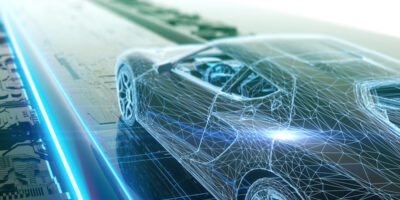Infineon and Bosch create low loss diode to reduce CO2
Infineon Technologies and Robert Bosch have collaborated to develop a low loss diode to reduce CO2 emissions in light vehicle generators.
The Active Rectifying diode enables an increase in generator efficiency of up to eight per cent compared to conventional power conversion methods, says Infineon. Deploying the diode can reduce the CO2 emissions of a car by up to 1.8g/km. It can replace standard devices for use in generators and cars that are already in series production. It is a quick and cost-efficient step for OEMs to reduce fleet emission targets, said Finn Felsberg, vice president and general manager, power integration and supply at Infineon’s automotive division
In a conventional car, the generator produces the electric energy for charging the battery and supplying a growing number of safety and comfort features such as driver assistance systems, air conditioning and infotainment. The Active Rectifying diode allows generators to achieve a power conversion efficiency beyond 80 per cent, compared with typical levels of up to 72 per cent today, said Infineon.
The Active Rectifying diode is based on Infineon’s chip technology which integrates MOSFETs, capacitors and control logic on a single die. The chip is assembled by Bosch into the body of the diode in a pressfit package. The diode is distinguished by a low diode forward voltage of 0.1V at 100A RMS and a low leakage current. It also features mechanical robustness as well as high reliability and EMC, with a simple assembly process.
The Active Rectifying diode is in production at Bosch.




